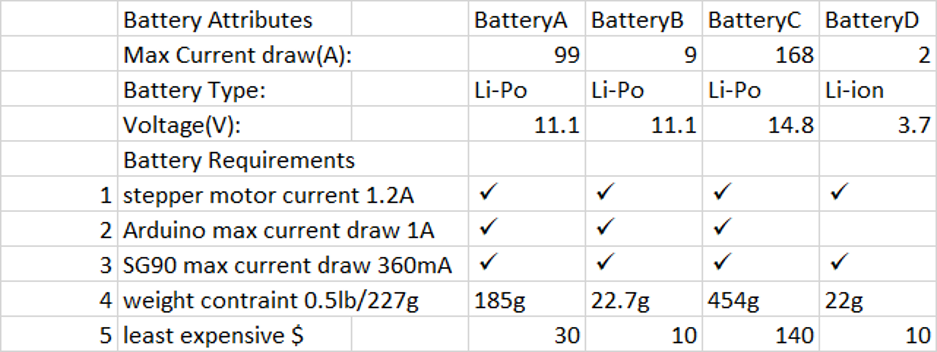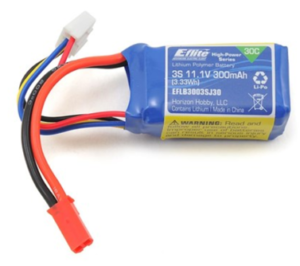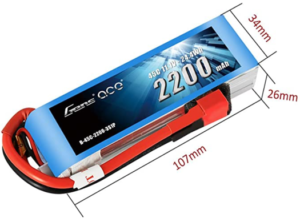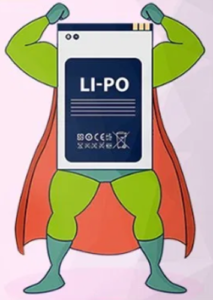Proposal Bot/Spring/2020
Battery Trade Off Study
Author: Jonathan Valdez (Electronics & Controls – Hardware)
Table of Contents
Introduction
This battery trade off study looks at four different batteries A, B, C, and D. The table list a few battery attributes under each battery such as max current draw in amps, battery type, and voltage in volts. These batteries must also meet five requirements to be selected for this project.
Battery Trade-Offs
Based on the first three battery requirements, the battery for Proposal Bot is required to have the compatibility to draw 2.56A. Batteries A, B, and C meet all of the first three battery requirements however Battery D has a max current draw of the only 2A, therefore, it does not meet the second battery requirement and that is why it does not have a check on it. Battery requirement number four is a weight constraint limited to half a pound, this weight constraint was implemented since the bot already has so many things inside of it, we do not want to overwork the stepper motors causing them to draw more power and work less efficiently. Battery requirement number five is used to find the most affordable battery since Proposal Bot has an overall cost constraint of $250.
Max Current Draw Calculations
The max current draw of a battery is the max amount of current that battery can produce at a given time. These Li-po batteries are specified with a discharge rate in terms of C which is the capacity of the battery divided by hours. For example, for a 2200mAh 45C battery the maximum discharge rate is 45C and the max current draw is 2.2Ah(45/h) = 99A
Li-Po battery winners
Figure 1 shows the battery Proposal Bot should have used since it weighs and cost less.
Figure 2 shows how big and bulky the battery we used is.
Figure 3 is Li-Po Battery Man and he is here to make sure we use an fire-proof battery bag so that we are in compliance with CSULB Physical Hazards VI/Electrical Equipment Safety.
Conclusion
Battery A is the battery Proposal bot used and is good since it meets all the battery requirements, however, it is a bit of overkill since it weighs more and cost more than other options also the battery has a whopping 99A max current draw which is more than Proposal Bot will never need. Battery B would improve the overall efficiency of the Proposal Bot since it meets all the battery requirements and weighs and cost much less than Battery A.
References/Resources
- https://www.amazon.com/Gens-ace-Helicopter-Airplane-Draganflyer/dp/B00WJN4UE
- https://www.amainhobbies.com/eflite-3s-lipo-battery-30c-11.1v-300mah-eflb3003sj30/p582830?gclid=Cj0KCQjwhtT1BRCiARIsAGlY51JCQNpsSTyMv_XmLwkPX9O4FqCeYeQKCah3TWAJ6tlI-JLjysKc8wkaAgb8EALw_wcB
- https://blog.ravpower.com/2017/06/lithium-ion-vs-lithium-polymer-batteries/
- https://www.pololu.com/blog/2/understanding-battery-capacity-ah-is-not-a





